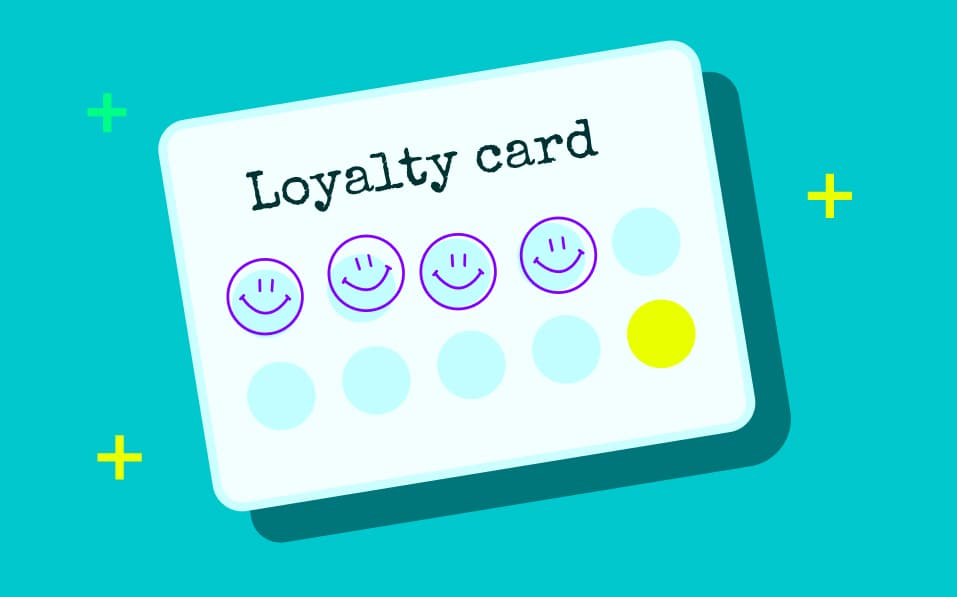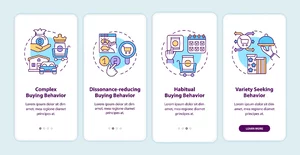Loyalty marketing is a strategy that helps companies build trust and drive customer engagement. It’s the process of creatively incentivizing your target audience to take specific actions that align with your company’s brand, mission, and values. Brands use loyalty marketing as part of an overall customer engagement strategy called CRM. Companies use loyalty marketing because it has proven to drive measurable results in terms of user retention and repeat purchases. An effective loyalty marketing strategy will help you identify the right steps to take in order to increase your brand’s reach, foster stronger connections with customers, and increase retention rates. We’ll break down everything you need to know about this strategy so that you can create a plan that works for your company.
1. What is Loyalty Marketing?
Loyalty marketing is a strategy that helps companies build trust and drive customer engagement. It’s the process of creatively incentivizing your target audience to take specific actions that align with your company’s brand, mission, and values. When done right, this type of marketing has been shown to increase brand engagement and retention rates. Companies use this strategy because it has proven to drive measurable results in terms of user retention and repeat purchases.
2. Strategies for Building an Effective Loyalty Marketing Strategy
Before you dive in, be sure to have the right data. Before you jump into implementing your loyalty strategy, you’ll need to know what data you have access to. First, you’ll need to make sure that your company has an accurate customer database. This will allow you to create targeted campaigns and measure their effectiveness. Next, you’ll need to make sure that you have the right customer information. This might include information like name, address, email, phone number, and purchasing history.
3. Conduct a User Need Analysis
Before you build your loyalty strategy, you’ll want to conduct a user need analysis. This will help you identify the specific needs of your customers and guide you in the right direction when creating your loyalty strategy. A user needs analysis is a qualitative look into the needs and challenges of your customers. You’ll want to start with a customer who you can interview and ask questions like, “What is one of the biggest challenges you face when it comes to your purchase?” or “What are some of the most common pain points that you encounter with your current product?” With this information, you’ll be able to identify the needs of your customers and build a loyalty strategy that addresses those needs.
4. Create a Vision and Roadmap for Your Loyalty Program
Once you have your data, you’ll want to conduct a user need analysis, and then create a vision and roadmap for your loyalty program. A vision is a long-term, aspirational statement of your company’s purpose and values. It should be aspirational and inspiring while also being pragmatic and realistic. It can be a short statement or a poem. The vision is the foundation on which your loyalty strategy will be built. It will help you establish the unique values and benefits that you want to offer your customers. Then, you’ll want to set up a roadmap for your loyalty strategy. This roadmap will help you identify the specific actions you’ll need to take to implement your strategy. Your roadmap should include setting goals, a timeline, a person responsible for overseeing the roadmap, and other relevant information.
5. Set Up an Action Platform
Next, you’ll want to set up an action platform. This will allow you to create, collect, and track your loyalty actions. You’ll want to choose an online tool that is easy to use, has a wide range of features, and is reliable. Choose an action platform that allows you to create your loyalty programs, create different types of offers (e.g. points, cash back, or credits), track your users’ engagement (e.g. frequency and completion rates), and easily manage multiple programs and user. You can use tools like Hubspot’s new Action platform to create a seamless experience for your customers.
Wrapping Up
Loyalty marketing is a strategy that helps companies build trust and drive customer engagement. It’s the process of creatively incentivizing your target audience to take specific actions that align with your company’s brand, mission, and values. When done right, this type of marketing has been shown to increase brand engagement and retention rates. Companies use this strategy because it has proven to drive measurable results in terms of user retention and repeat purchases. Before you jump into implementing your loyalty strategy, you’ll need to make sure that you have the right data. This will allow you to create targeted campaigns and measure their effectiveness. Next, you’ll want to conduct a user need analysis, and then create a vision and roadmap for your loyalty program. With this information, you’ll be able to build an effective loyalty marketing strategy that helps your company build a relationship with its customers.





